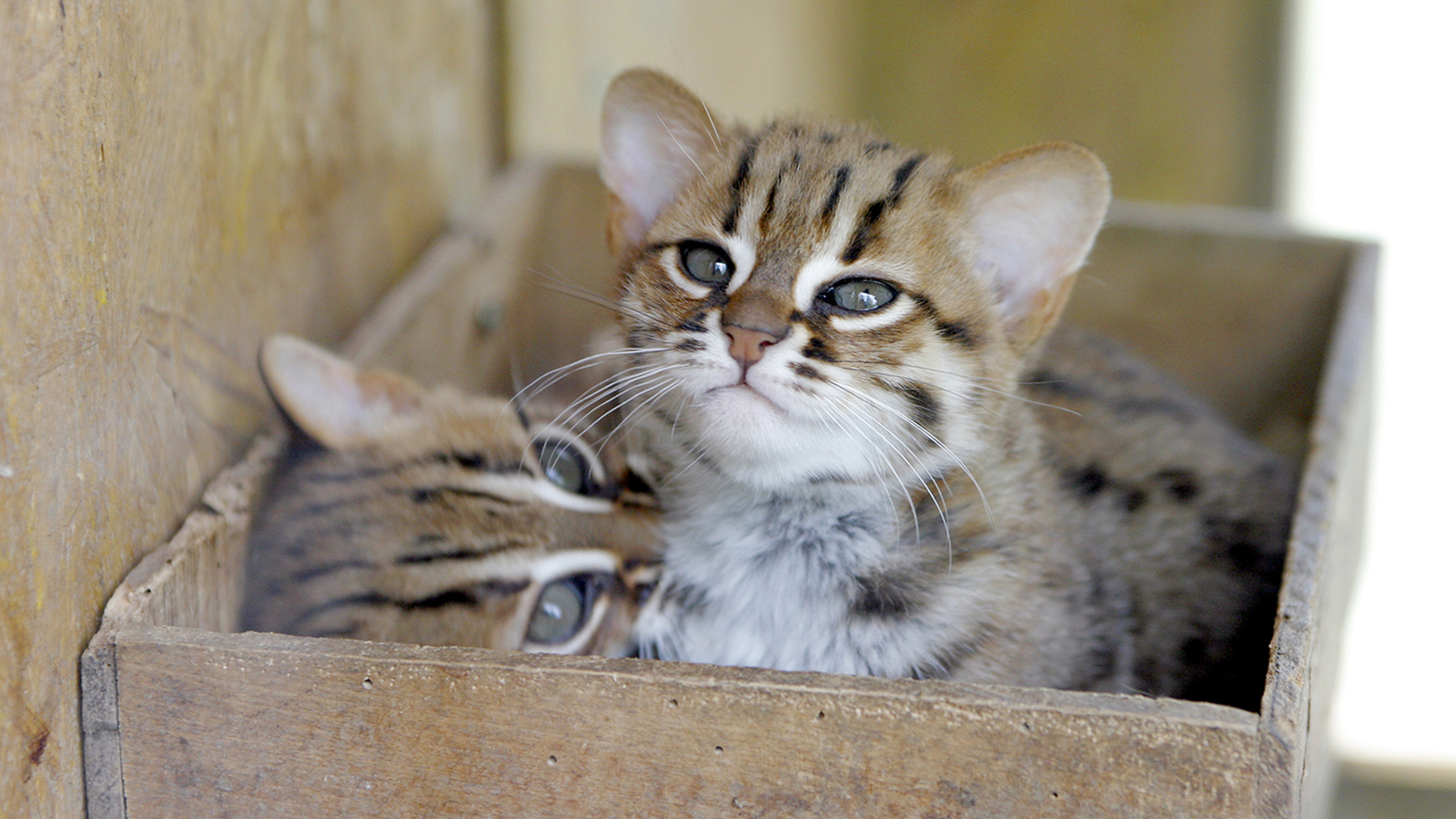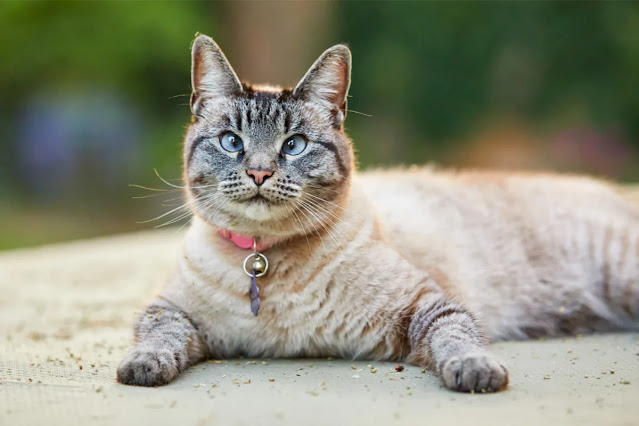The Facts of Rusty Spotted Cat
Rusty-spotted cats have continuously been considered uncommon, but later perceptions propose they are more common than already thought. Given their modest estimate and capacity to control rodents, they can survive if not mistreated by man. Be that as it may, these cats are regularly erroneously mistreated as offspring of the Panther Panthera pardus, chased for skins or meat, and murdered by residential mutts.
How the Rusty-spotted Cat Looks
The body is slim body and littler than a residential cat. The hide is brief and delicate, with the upper parts a grizzled brownish dim, tinged with rufous to changing degrees and checked with rust-brown spots. There are even bars on the legs and chest; the abdomen and internal sides of the legs are white.
Their head is brief, adjusted, and stamped with two white streaks on the inward edges of the eyes. The best rusty spot cats have a few ruddy brown streaks on each cheek, and the chin and cheeks are white. The eyes are decently expansive with irises of grayish brown to golden.
Ears are brief and adjusted, sponsored with rufous dark, and have light-colored basal ear spots. Their legs are generally brief, and their feet have dark soles. The tail is decently long, rustier colored than the body, and unmarked.
Types of Rusty Spot Cat
Hybridization with non-domesticated domestics has too been observed. Nothing is known of the spotted rusty Cat’s status within the wild. In India, they were long thought to be limited to the south, but later records have built up that they are found over the entire nation. They were watched within the Fir Natural life Haven and National Stop, within the TadobaAndhari Tiger Save in Maharashtra, on India’s east coast, and in eastern Gujarat. There are two subspecies:
1. Prion Ailurus rubiginosus, India
2. Prion Ailurus rubiginosus Phillips, Sri Lanka
Food Habit of Rusty Spot Cat
A Lifetime of Rusty Cat
The Cat is likely to be helpless amid this period, and its brevity may be an adjustment to assist it in maintaining a strategic distance from bigger predators. The mother plans a sanctum in a separate area and gives birth to one or two rusty-spotted cat kittens after a 65–70-day development. At birth, the cats weigh fair 60 to 77 grams (2.1 to 2.7 oz) and are stamped with lines of dark spots.
Conclusion
The Cat comes to sexual development at around 68 weeks, by which time it has created the unmistakable grown-up coat design of corroded blotches. Rusty-spotted cats have existed in captivity for twelve years, but their life expectancy within the wild is obscure.





Comments
Post a Comment